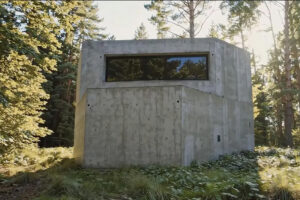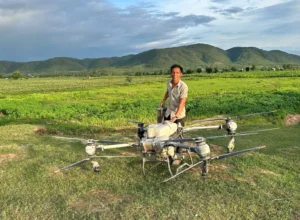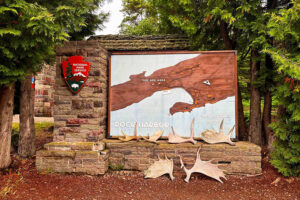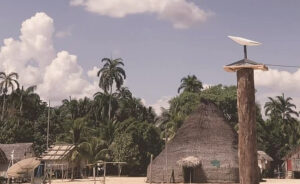Successful plant communities begin in the soil first — and it looks like ancient Amazonians knew it, too.
A study published last week in the journal Science Advances explores the origin of the Amazonian “dark earth.” The unusually fertile soil underlies many long-established indigenous communities in the rainforest. And it differs starkly from the surrounding soils.
Did this arrangement indicate that archaic Amazon societies could identify rich soils from poor ones, and leverage it toward cultivation? Or did dark earth come about because people (and their waste) lived nearby?
The new research group, led by MIT, the University of Florida, and teams in Brazil, thinks it’s found the conclusion. Their comparative model suggests these ancient peoples did in fact manage soil for crop productivity — and might have developed techniques that can help modern rainforest conservation.
“Our results demonstrate the intentional creation of dark earth and highlight the value of Indigenous knowledge for sustainable rainforest management,” the study says.
Dark earth is exactly what it sounds like: unusually dark-colored soil. Generally speaking, it reflects the influence of civilization and tests high in carbon. Burned material occurs prolifically in dark earth (sometimes called “terra preta” in the Amazon).
The presence of dark earth predates Spanish colonization in the Americas. It is especially notable because of its fertility compared to similar soils nearby.
Amazon soil is depleted as a general rule. The river basin’s “typical highly weathered tropical upland soils” don’t offer a lot of nutrients for human cultivators. This is surprising, considering the rich rainforest ecosystem itself.
The researchers wanted to find out whether these ancient Amazonians deliberately cultivated dark earth. For their study, they chose the Kuikuro Indigenous Territory in the Upper Xingu River basin in southeastern Amazonia. Humans have inhabited the area for so long that creation stories stem from one of the Xingu’s confluences.

The Amazon Valley’s Xingu River. Photo: Global Environment Facility via Flickr
They analyzed dark earth beds at indigenous sites, including the chemical composition of the soil, and interviewed local inhabitants. They concluded that the improvement was deliberate.






